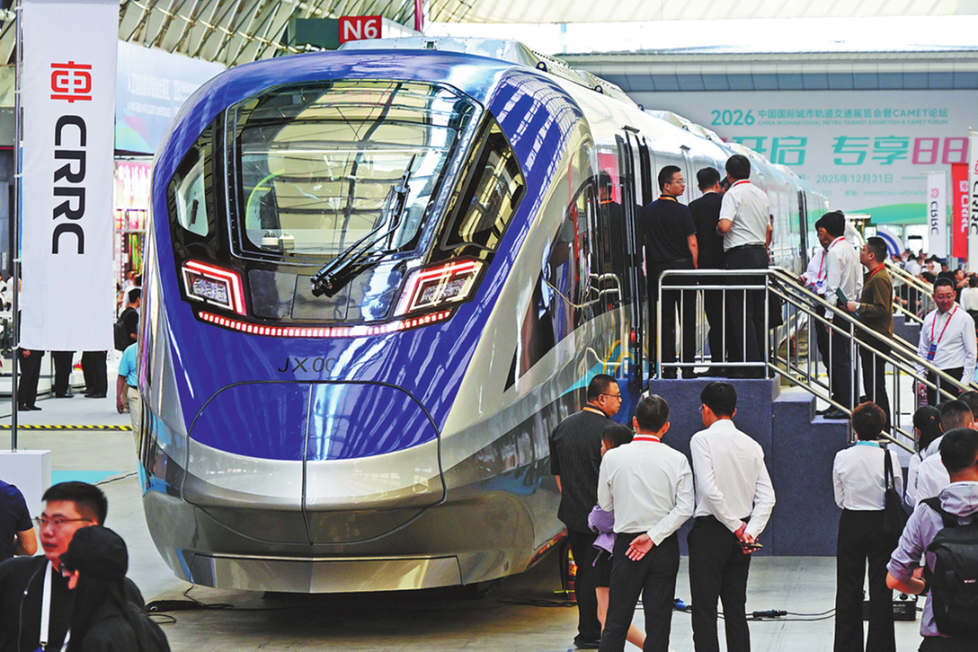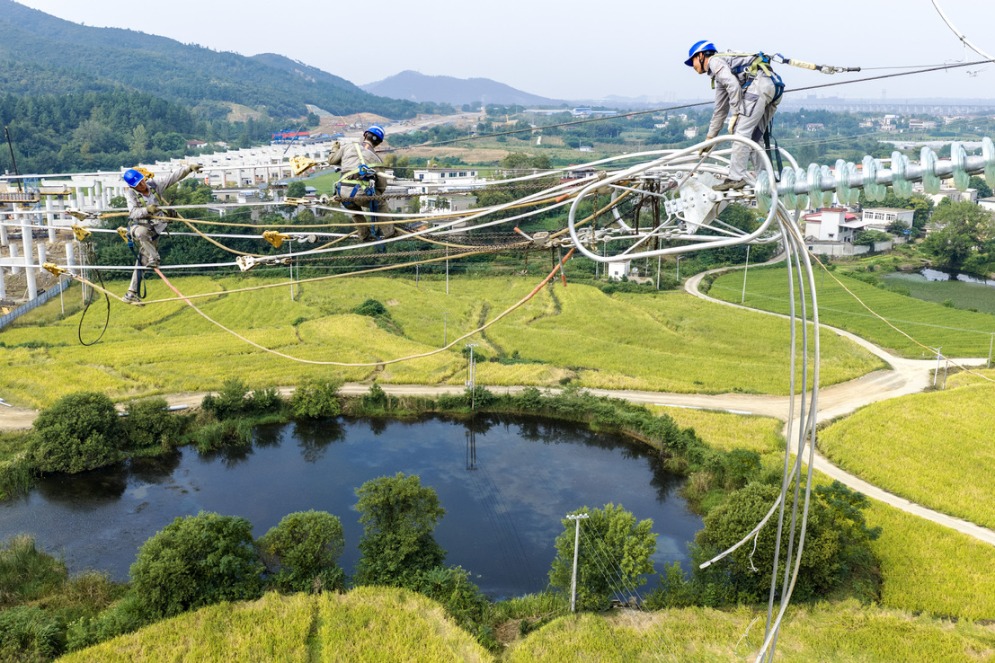Lancang-Mekong agency for shared future

Premier Li Keqiang's participation in the second Lancang-Mekong Cooperation Leaders' Meeting in Phnom Penh-after which he will pay an official visit to Cambodia from Wednesday to Thursday-will help establish a community of shared future in Asia. The Lancang-Mekong River Cooperation mechanism was established at the first LMC Leaders' Meeting held in Sanya, South China's Hainan province, in March 2016, to facilitate cooperation among China and Vietnam, Laos, Cambodia, Myanmar and Thailand.
The LMC is a new sub-regional cooperation mechanism established by the six countries that share the Lancang-Mekong area. The previous mechanisms in the region were led by great powers beyond the region and international organizations, which made it difficult for the six countries to invest in regional development projects. In contrast, the LMC has deepened regional cooperation among China, Vietnam, Laos, Cambodia, Myanmar and Thailand.
The LMC covers a wide range of areas, from transportation, environmental governance, disaster prevention and reduction to cultural communication, tourism, industry, agriculture, resource sharing and fighting transnational crimes. The comprehensive cooperation mechanism has developed efficiently and borne remarkable fruits. Most of the 45 early-harvest projects finalized at the first LMC leaders' meeting and the 13 projects proposed by China at the second LMC Foreign Ministers' meeting in 2016 have made concrete progress.
For environmental governance, the six countries have set up a cooperation center for Lancang-Mekong water resources and sharing information. The LMC environmental cooperation mechanism established in November 2017 is committed to protecting resources and the environment, and promoting global environmental governance.
Also, the LMC can benefit a wider area, especially that covered by the Association of Southeast Asian Nations, which includes five of the six LMC members. Cooperation among China and the other LMC member states is aimed at benefiting the people in the region. For instance, the railways under construction between China and Thailand, and China and Myanmar will improve regional transportation and fuel economic growth. Besides, when Thailand and Vietnam were facing severe drought last year, China increased the discharge of water from its dams in the upstream of the Lancang River, lessening the impact of the drought.
China is also building cross-national economic cooperation zones with Myanmar, Laos and Vietnam. So the LMC, which adheres to an open and inclusive spirit, can help promote the integration of ASEAN by narrowing the gap between the less-developed ASEAN member states, such as Myanmar, Laos, Cambodia and Vietnam, and the developing and developed ones such as Malaysia, Indonesia and Singapore.
In the future, therefore, countries other than the six LMC members would be welcome to join the LMC mechanism that promotes the China-proposed Belt and Road Initiative for mutual development, which will lead to balanced development in the region, and enable it to make greater contribution to the world economy.
The LMC cultural communication mechanism, on the other hand, has a special function in regional development. It includes interactions at the higher levels and among experts, as well as people-to-people exchanges at the general level. Apart from a wide range of forums on finance, culture, tourism, economic corridor, interconnectivity and academics, there have also been interactions among officials, enterprises and students of the LMC members. Such visits and exchanges have improved mutual understanding among the peoples of the six countries and prompted the LMC members to set more coordinated goals.
The benefits of the Lancang-Mekong countries have long been closely interconnected. And the LMC mechanism will allow the six countries to make practical joint efforts for a better shared future, which in turn will improve the livelihoods of the people in the region and beyond.
The author is an associate professor at the Institute of South& Southeast Asian and Oceanian Studies, China Institutes of Contemporary International Relations.




































